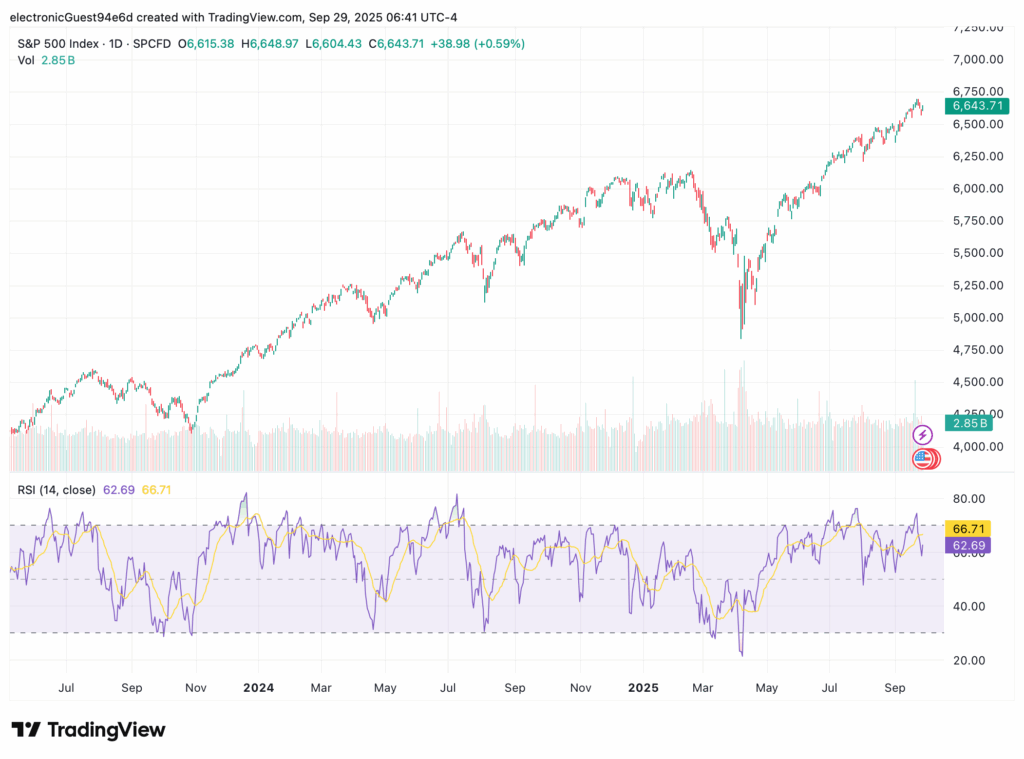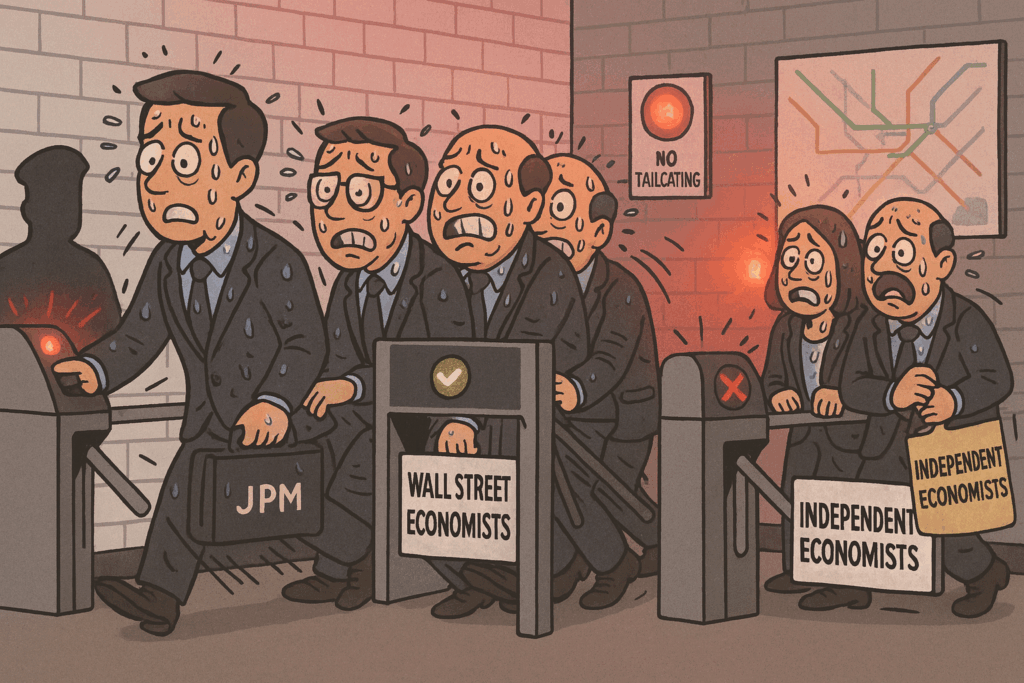“Speak softly and carry a big stick; you will go far.”
– Theodore Roosevelt
Until this week, the Federal Reserve's experimentation with Central Bank Digital Currencies (CBDC) was conducted through a joint study by the Boston Fed and Project Hamilton at MIT. This is an open-ended initiative focused primarily on consumer payment technologies. On Monday, Fed Board Governor Lael Brainard sharpened the Fed's focus on Central Bank Digital Currencies (CDBCs) by setting four areas open to public discussions later this year.
Private Money and Central Bank Money as Payments Go Digital: an Update on CBDCs
May 24, 2021
Governor Lael Brainard
At the Consensus by CoinDesk 2021 Conference, Washington, D.C. (via webcast
Key objectives:
- Review the potential risks that privately issued stablecoins may pose to financial stability and consumer protections.
- Ensure households' needs are adequately met following the wide spread adoption of digital payments during the pandemic.
- To understand the role of foreign CBDCs in facilitating cross-border payments and potential threats to the US Dollar as the global reserve currency.
- Provide the unbanked and under-bank timely, safe, efficient, and affordable access to payment systems.
Since the birth of VISA and MasterCard in the 1950s, and later the internet, banks have become increasingly removed from customers in payment processes. In Capital Markets a similar trend was observed as banks shifted priority to serving the client entities with the largest fee wallets. This opened the space for Fintech startups to capitalize on the emerging business opportunities which the banks were unable to identify.
With this in mind, we believe the Fintech platforms offer the best path to a successful launch of CDBCs. The technology is already here, and the US still dominates the world's payment solutions. At present, Fintech platforms may only facilitate payments for goods and services. They are not permitted to hold large cash balances on behalf of customers like banks. If done right, CBDCs may remove these barriers.
Should the Federal Reserve tomorrow decide to issue a dollar stablecoin the following points are important considerations:
- Will the digital dollar be a bearer instrument (like cash) or non-bearer? This matters a lot. To gain widespread adoption as an alternative to physical money, the digital dollar would need to pass the ‘Las Vegas weekend test’. Current proposals in Sweden by Riksbank, and Duffie et al, advocate for non-bearer CBDCs which are unlikely to appeal to those seeking to avoid taxation and tracing.
- An implicit Central Bank backing of a digital dollar can reduce the regulatory burden of holding client cash balances without the need for a banking license and FDIC guarantees. The creation of credit will remain a mandate for those with a full banking license – to accept deposits and issue loans.
- Fast growing payment platforms such as Stripe, BrainTree (PayPal), and WePay (JP Morgan Chase) would become huge beneficiaries of an offshore Fed-backed dollar payment system to facilitate internet transactions. Under existing arrangements they are required to maintain local banking licenses in the markets they operate.
- Apple and Google's Android dominate the market in smartphone operating systems which have integrated payment wallets. This provides the best gateway for rapid worldwide distribution of CBDCs. Intermediaries are still required to facilitate and guarantee offline payments.
- With stablecoins like Tether (USDT) becoming popular instruments as intermediate steps into and out of cryptocurrencies, US Government backed alternatives would provide greater capabilities to national security agencies to track illicit flows of capital on decentralized networks.
Things are starting to get more serious.







